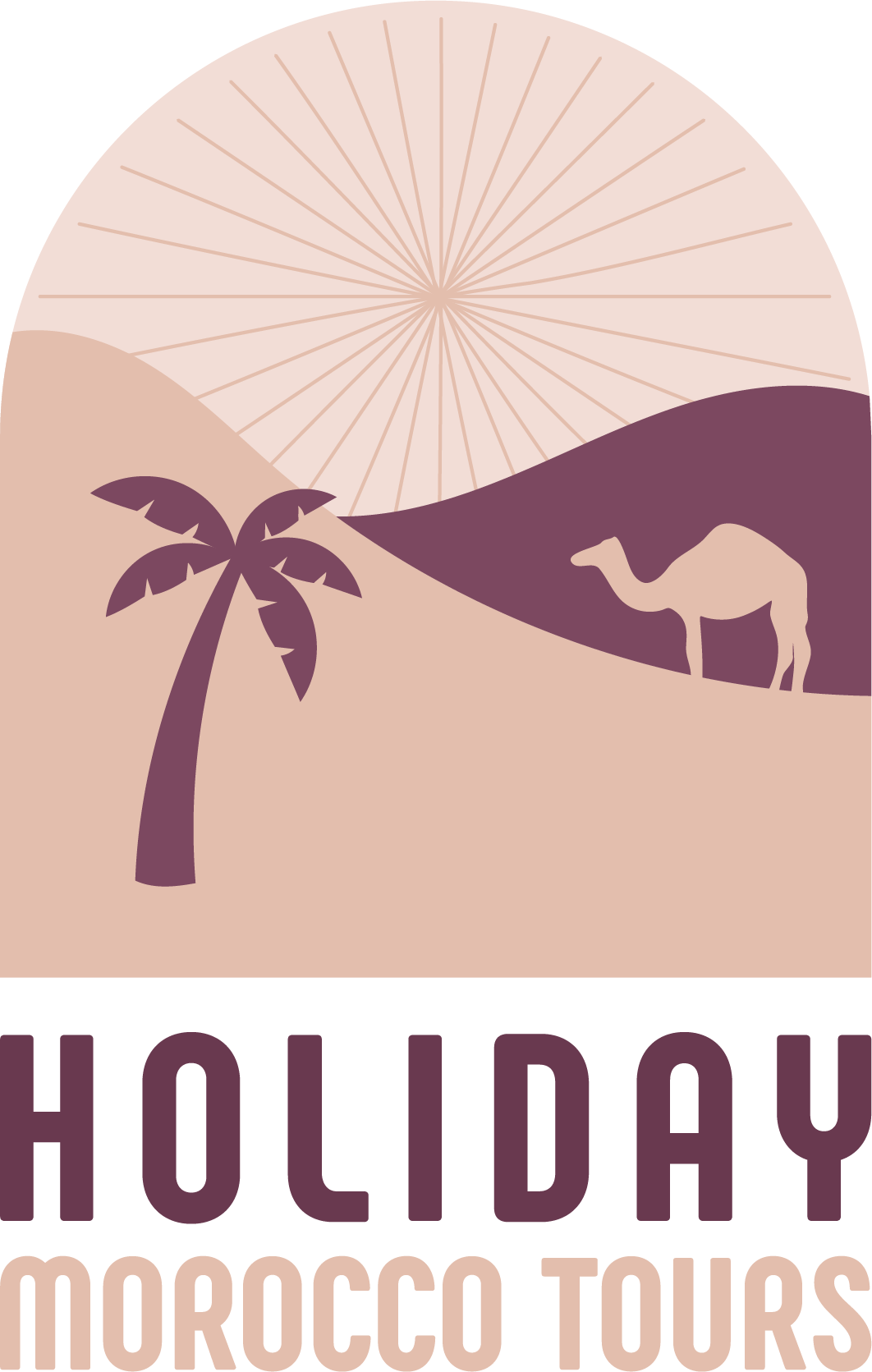The Art of Decoration in Moroccan Architecture: A Journey Through Craftsmanship and Culture
The art of decoration in Moroccan architecture is a stunning reflection of the country’s heritage, culture, and artistic mastery. From the vibrant zellij tiles adorning palaces and mosques to the stucco carvings, carved cedarwood, and tadelakt plaster found in riads and public buildings, Moroccan decoration transforms architecture into a living work of art.
This decorative tradition is not only about aesthetics; it embodies spirituality, history, and cultural identity. Geometric patterns, arabesques, and calligraphy convey mathematical harmony and spiritual symbolism, while vibrant colors and textures reflect Morocco’s diverse cultural influences — from Berber and Arab traditions to Andalusian artistry.
Exploring Moroccan decoration offers travelers a unique perspective on history and craftsmanship, where every motif and material tells a story of centuries-old techniques, cultural exchange, and artistic innovation. Visitors can admire these details in iconic sites such as the Ben Youssef Madrasa in Marrakech, the Bou Inania Madrasa in Fes, and countless riads and palaces across Morocco.
In this article, we will take you on a deep dive into the art of decoration in Moroccan architecture, exploring the techniques, symbolism, and cultural significance that make these masterpieces timeless.
Key Decorative Techniques in Moroccan Architecture
The art of decoration in Moroccan architecture is defined by a set of timeless techniques that showcase the country’s craftsmanship, creativity, and cultural heritage. One of the most iconic elements is zellij tilework, a mosaic of hand-cut glazed tiles arranged into intricate geometric patterns. Found in mosques, palaces, and riads, zellij embodies both aesthetic beauty and spiritual symbolism. Travelers can admire exceptional examples in the Bou Inania Madrasa in Fes, where the vibrant mosaics illustrate centuries of Moroccan mastery.
Another hallmark is stucco carving, which transforms plain walls into intricate canvases of arabesques, floral motifs, and calligraphy. This delicate work is visible in architectural landmarks such as the Ben Youssef Madrasa in Marrakech, where each carving reflects both technical skill and artistic expression.
Cedarwood carving is equally significant, often used in ceilings, doors, and mashrabiya screens. The precision of these wooden elements demonstrates Morocco’s dedication to detail and durability, while also providing functional elegance, such as ventilation and privacy.
Finally, tadelakt plaster adds texture and refinement to Moroccan spaces. This polished lime plaster, traditionally used in fountains, hammams, and courtyards, is both waterproof and visually striking, giving Moroccan architecture a distinctive tactile and visual appeal.
Collectively, these techniques define the art of decoration in Moroccan architecture, creating spaces that are immersive, spiritual, and culturally rich. Travelers interested in exploring these masterpieces can experience them on tours like the Imperial City Tour from Fes, which showcases both historical monuments and the intricate details of Moroccan craftsmanship.
Symbolism and Meaning Behind Moroccan Decorative Arts
The art of decoration in Moroccan architecture is not just about visual beauty — it is deeply intertwined with spiritual, cultural, and historical meaning. Each motif, pattern, and material reflects centuries of Moroccan thought, belief, and artistic philosophy.
Geometric patterns are a cornerstone of Moroccan design, symbolizing infinity, unity, and the divine order. Interlocking shapes, stars, and repetitive forms convey the idea of an orderly universe, a theme central to Islamic art. Visitors can see these patterns in zellij mosaics across mosques and palaces in cities like Fes, Marrakech, and Meknes.
Arabesques and floral motifs represent growth, life, and harmony with nature. These elements often appear in stucco carvings and carved cedarwood, connecting interior spaces with the natural world. Calligraphy, meanwhile, adds a spiritual dimension, incorporating verses from the Quran or poetic inscriptions that remind observers of faith, wisdom, and cultural identity.
Even tadelakt plaster holds symbolic significance, with its smooth, reflective surfaces evoking purity, serenity, and continuity. Courtyards, fountains, and riads integrate these decorative elements to create spaces of contemplation, social connection, and spiritual reflection.
By understanding the symbolism embedded in these designs, travelers gain more than aesthetic appreciation. They experience a cultural narrative that spans centuries, revealing the values, beliefs, and creativity of Morocco. Tours like the Imperial City Tour from Fes offer an opportunity to explore these symbolic layers firsthand, making every visit immersive and enlightening.
fes:
Known as Morocco’s cultural and spiritual capital, Fes is a treasure trove for lovers of The Art of Decoration in Moroccan Architecture. Its medina, Fes El Bali, is filled with centuries-old riads, palaces, and madrasas showcasing intricate zellij tiles, stucco carvings, and carved cedar woodwork. The Bou Inania Madrasa stands out for its harmonious blend of geometry, color, and spiritual symbolism, making Fes a must-visit for anyone seeking authentic Moroccan decorative artistr
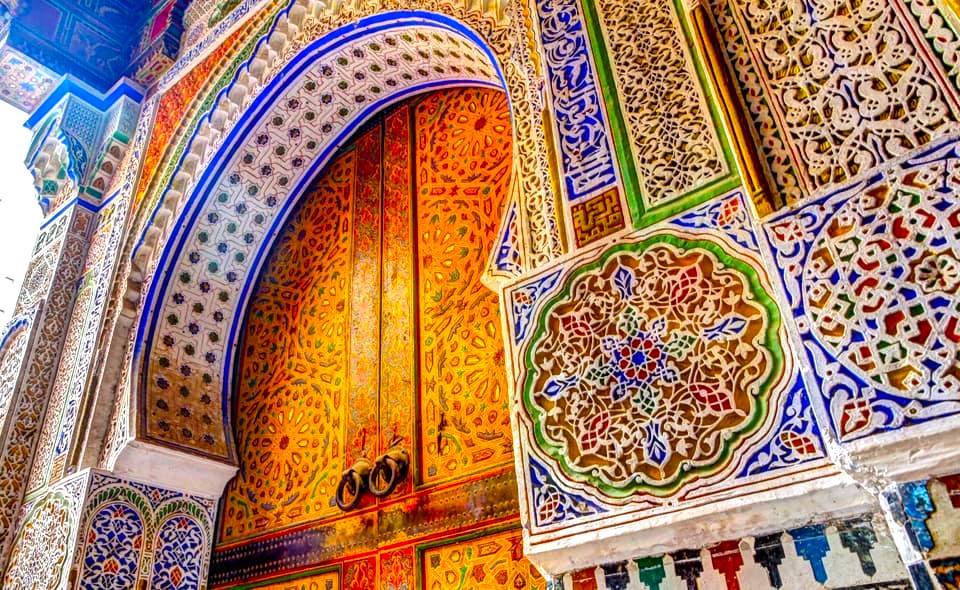
marrakech:
Marrakech, often called the Red City, combines historical grandeur with vibrant artistic expression. Iconic sites like the Ben Youssef Madrasa and numerous palaces feature exquisite stucco work, colorful zellij mosaics, and tadelakt plastered walls. The riads and courtyards of Marrakech provide intimate spaces where traditional Moroccan decoration can be admired up close, making the city a living museum of craftsmanship, design, and cultural heritage.
artistry.
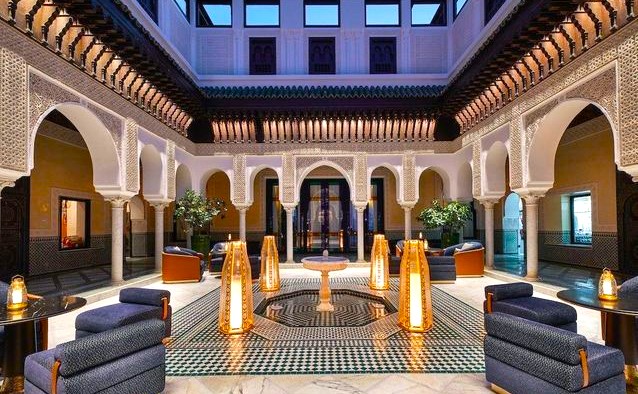
rabat
As Morocco’s capital and political center, Rabat offers a unique blend of historical and modern architectural decoration. Landmarks such as the Hassan Tower and the Royal Palace showcase elegant zellij patterns, carved wooden doors, and finely detailed stucco, highlighting the spiritual and aesthetic values of Moroccan design. Rabat’s public squares, gardens, and historical buildings demonstrate how decoration can enhance both civic and ceremonial spaces.
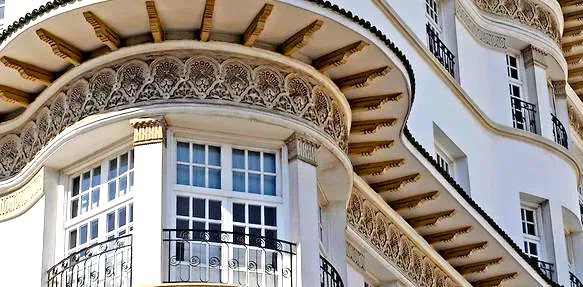
casablanca
Casablanca, the economic hub of Morocco, presents a striking combination of traditional Moroccan decoration and modernist influences. The Hassan II Mosque exemplifies this fusion, with handcrafted zellij, cedar carvings, and expansive tadelakt surfaces integrated into a monumental contemporary structure. Exploring Casablanca reveals how Moroccan decorative arts continue to evolve while maintaining their cultural roots and artistic integrity.
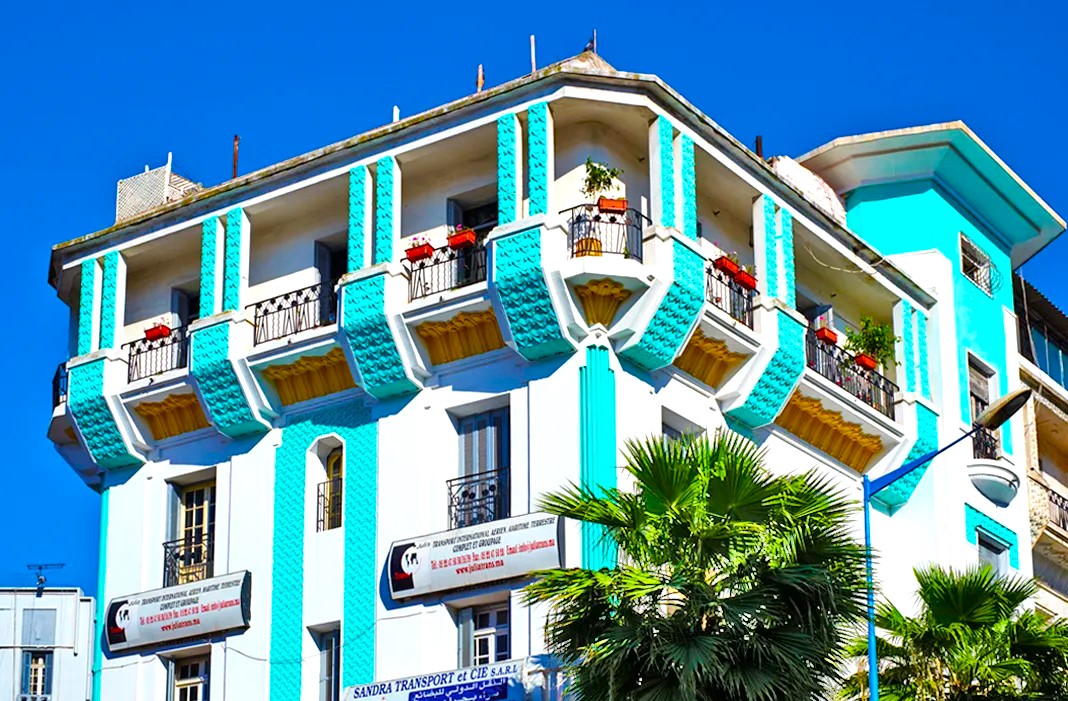
Meknes
Meknes, known as the Imperial City of Morocco, features a rich array of decorative artistry in its palaces, gates, and medina. Structures like Bab Mansour showcase majestic zellij mosaics, stucco reliefs, and intricately carved cedar elements, reflecting the city’s history as a political and cultural center. Meknes provides visitors with a comprehensive glimpse of the Art of Decoration in Moroccan Architecture and its role in expressing royal power and artistic mastery.
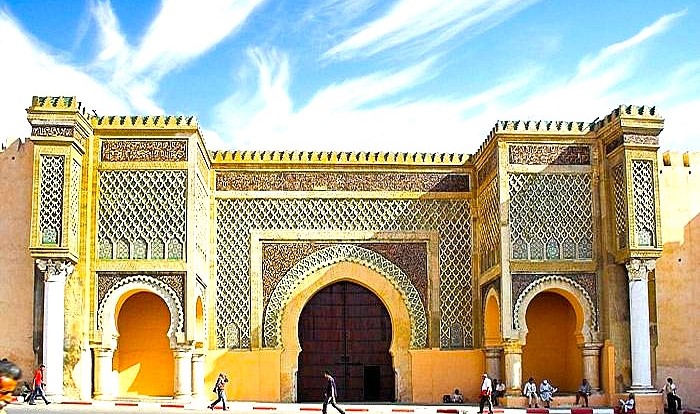
Experiencing Moroccan Decorative Arts in Riads, Palaces, and Courtyards
To truly appreciate The Art of Decoration in Moroccan Architecture, there is no better way than to explore riads, palaces, and courtyards, where decorative mastery comes to life. In cities like Fes, visitors can wander through ancient riads adorned with intricate zellij tiles, carved cedar ceilings, and stucco motifs, experiencing the harmony of traditional Moroccan craftsmanship up close. In Marrakech, the serene courtyards of historic palaces and riads showcase tadelakt plaster, ornate fountains, and arabesque patterns, blending artistry with relaxation and social gathering spaces. Even in Rabat and Meknes, exploring royal palaces and public squares reveals how decoration enhances both functional and ceremonial architecture, illustrating Morocco’s dedication to beauty, symbolism, and cultural heritage. Travelers seeking a full immersive experience can combine these visits with guided tours such as the Imperial City Tour from Fes, ensuring they witness the finest examples of Moroccan decorative arts while understanding their historical and cultural context.
Discover the magic of Moroccan decoration!
Contact Holiday Morocco Tours to plan your immersive journey through Morocco’s architectural masterpieces, from exploring intricately decorated riads and palaces to discovering the finest zellij, stucco, and cedarwork in historic cities.
Preserving Moroccan Decorative Arts for Future Generations
The preservation of The Art of Decoration in Moroccan Architecture is essential to maintaining Morocco’s cultural identity, history, and artistic legacy. Historic sites such as the Bou Inania Madrasa in Fes, the Ben Youssef Madrasa in Marrakech, and centuries-old riads are carefully restored to protect their zellij mosaics, stucco carvings, and carved cedar woodwork for future generations. Organizations, artisans, and local communities work together to maintain these masterpieces, ensuring that traditional techniques are passed down through apprenticeships and workshops. By safeguarding these decorative arts, Morocco not only preserves its architectural splendor but also offers travelers a living connection to history, craftsmanship, and cultural heritage. Exploring these sites on guided tours like the Imperial City Tour from Fes allows visitors to witness firsthand the dedication to protecting and celebrating Morocco’s decorative arts, making every visit an educational and inspiring experience.
Bring the Art of Moroccan Decoration to Life on Your Journey
Experiencing The Art of Decoration in Moroccan Architecture offers travelers a unique window into Morocco’s history, culture, and artistic brilliance. From the intricate zellij mosaics of Fes to the ornate stucco and cedarwork in Marrakech, each site tells a story of craftsmanship, spirituality, and cultural identity.
Don’t just admire these masterpieces from afar. Let Holiday Morocco Tours craft your personalized journey through Morocco’s riads, palaces, medersas, and courtyards, where you can explore the finest decorative arts in context. Whether wandering historic medinas, discovering hidden architectural gems, or witnessing centuries-old artisanal techniques, your Moroccan adventure will be immersive, educational, and unforgettable.
